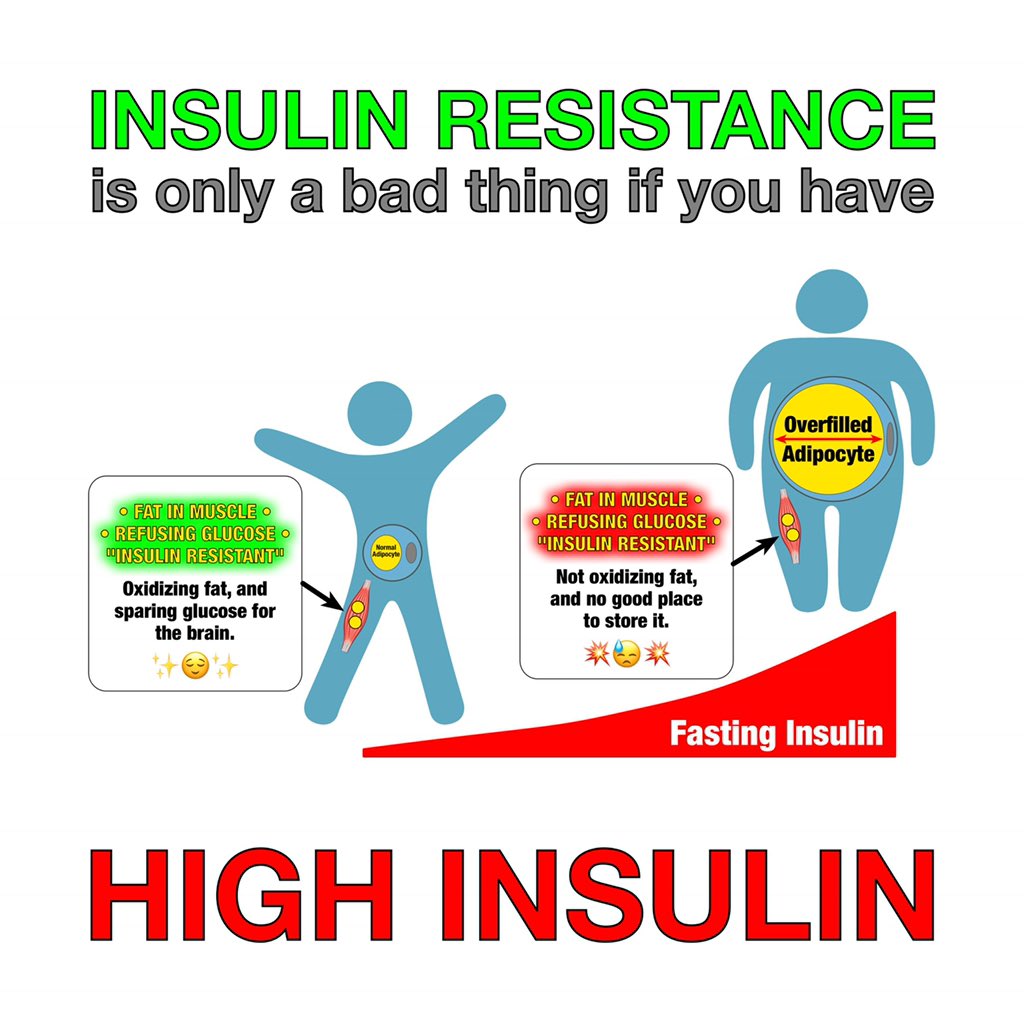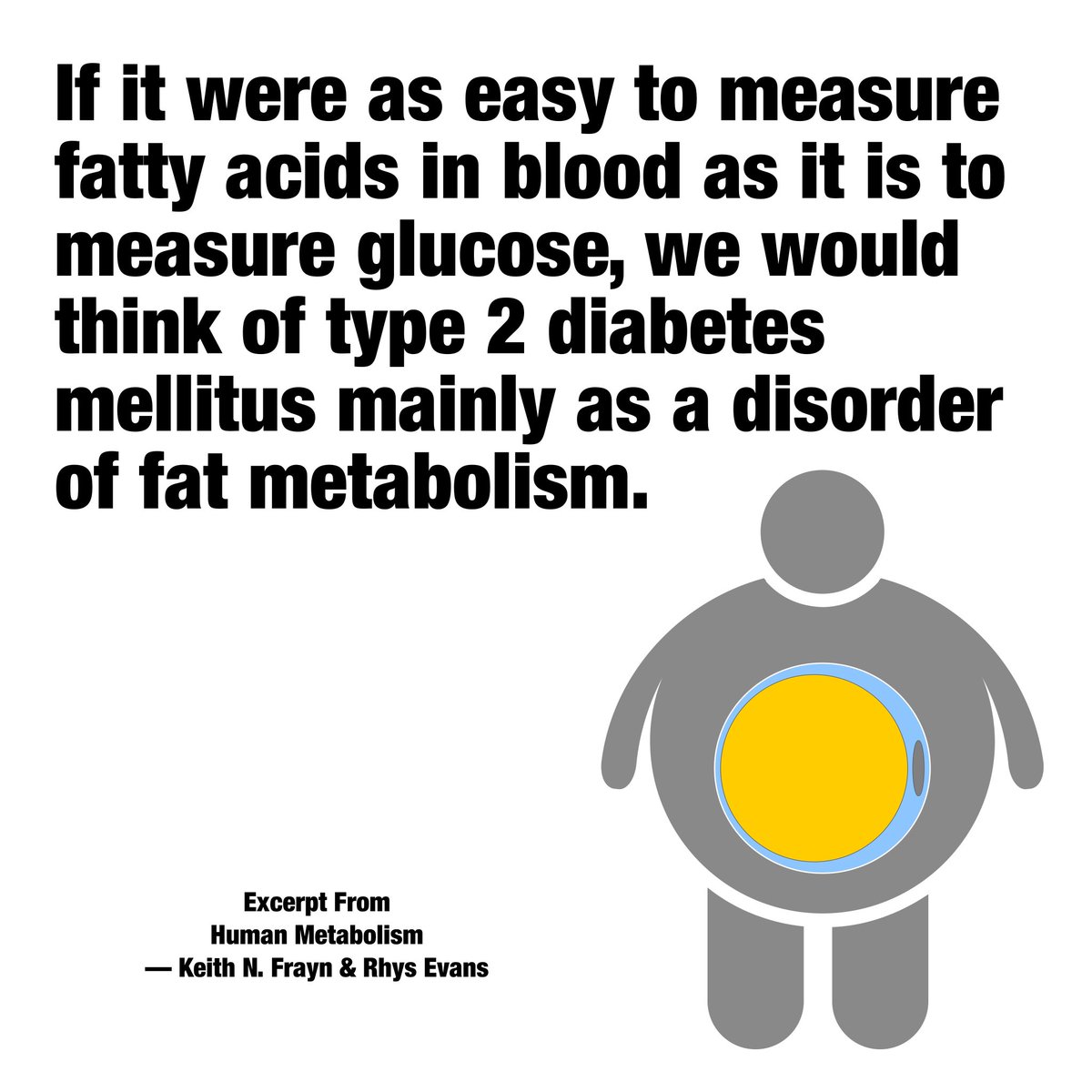
You know that protein percentage is a huge factor when it comes to satiety per calorie.
But what is the next largest factor?
⚡️ E N E R G Y D E N S I T Y ⚡️
➘
But what is the next largest factor?
⚡️ E N E R G Y D E N S I T Y ⚡️
➘

This is a hugely important concept that a lot of low carbers miss.
Most humans eat 4-5 pounds of food a day, somewhat independent of the calories present.
The ‘Potato Hack’ monodiet? Potatoes are only 0.9 kcals per gram, so four pounds of potatoes are only 1,600 calories.
Most humans eat 4-5 pounds of food a day, somewhat independent of the calories present.
The ‘Potato Hack’ monodiet? Potatoes are only 0.9 kcals per gram, so four pounds of potatoes are only 1,600 calories.
How can the Japanese eat so much rice and still be so much leaner than we are in America?
Rice is only 1.2 kcals/g, so a pound of cooked rice is only 500 kcals. Fish and seafood is even lower, with a ridiculously high protein percentage, so suddenly sushi is looking great.
Rice is only 1.2 kcals/g, so a pound of cooked rice is only 500 kcals. Fish and seafood is even lower, with a ridiculously high protein percentage, so suddenly sushi is looking great.
Okinawans living on sweet potatoes? 1 kcal per gram.
🍠 = 1 kcal/g
🍠 = 1 kcal/g
If you look at my chart above, anything below ~2.5 kcal/g is what we would call “real food” — animals and plants that you could find as a hunter-gatherer. It is very hard to drive significant obesity with these foods.
Above this, however, are your REFINED carbs and fats.
Above this, however, are your REFINED carbs and fats.
If you pay attention to the diets of bodybuilders and other aesthetic athletes, and most observable ‘perma-lean’ people, you will see a huge percentage of their foods are less than 2.0 kcal/g — frequently including what feels like large quantities of carbs to we low-carbers.
Foods below 1.0 kcal/g, such as fruit or potatoes, are extremely difficult to gain fat on, which is why you will see fat loss on a fruititarian diet or similar extremely low fat diet, even which large quantities of carbohydrate. A lot of low-carbers have trouble comprehending it.
Once you understand protein leverage, nutrient leverage, and the hedonic reward of eating high energy density carbs and fats together, ENERGY DENSITY is a remaining piece of the puzzle that allows you to explain the majority of the observable phenomena in the nutrition space. 😁
This further underscores the fact that the cause of obesity is not necessary “carbs” or “fats”, but rather REFINED carbs AND fats. Once again, the carb versus fat war, like plants versus animals, is a false dichotomy and these distract us from the real issues. 

• • •
Missing some Tweet in this thread? You can try to
force a refresh









